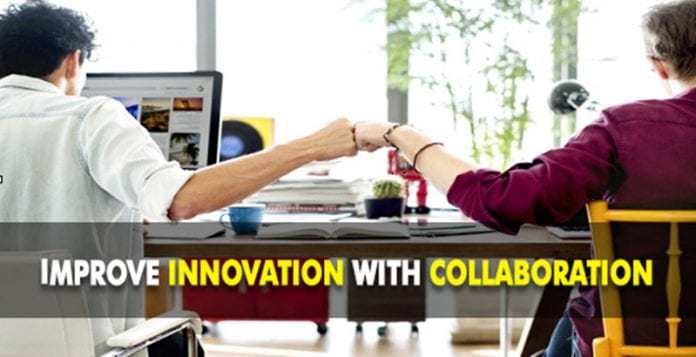Experts predict that by the end of this decade, there will be more than a billion Internet of Things devices — and that it won’t take long for that number to scale to more than a trillion devices.
How to Improve Innovation With Collaboration
In order for this to happen, we need more IoT developers — and that’s happening on an impressive scale. Currently, it’s estimated that there are about 800,000 IoT developers worldwide, but that number is expected to skyrocket to more than 4 million by 2020. Already, mobile application developers are already diversifying into IoT applications, bringing their ideas and skills to the world of connected devices.
With the rapid expansion of the Internet of Things come new challenges, particularly in the area of innovation. At every point, from the device hardware and sensors to the servers and functionality of the device, there is demand for increased functionality, and for it to be available faster than ever. While advances in technology are making these goals possible, the real key to innovation in the IoT is collaboration. At every level, collaboration is changing how we work today, as developers realize that sharing knowledge and ideas allows them to develop better, more advanced ideas — and do it faster than ever before.
The problem, though, is that collaboration isn’t always the first thought that comes to mind when it comes to development. Often, embedded technology design tends to be a solitary pursuit, with developers reluctant to share their work with others. The tide is shifting, though, in particular thanks to a number of new tools that are available to developers to make it easier to collaborate.
The Cloud and Collaboration
Network-based collaborative tools that are hosted in the cloud, including integrated development environments like Xpress, are quickly becoming popular with developers working on IoT projects. These IDEs allow for more streamlined source code management, bug tracking, code reviews, and libraries. They also provide a community for help, streamlining the development process.
These collaboration tools do more than simply allow for better technical development, though. Even teams that work in the same building may not be in close physical proximity to each other, and communication must take place via phone or email, or in scheduled meetings. This isn’t always the most effective way to foster collaboration, as ideas can be “lost in translation” and it can take time to get a response. With a tool to support collaboration, though, teams can work on projects together in real time, share information as needed, and have discussions without the need to wait for a response, or unfortunate misunderstandings.
Additional Solutions
Technical solutions aren’t the only way to improve collaboration and support innovation. Creating a culture to support innovation is also important. This may include:
Implementing a feedback process. Because developers are, in general, used to working on their own, the idea of working with others can sometimes put them on the defensive, especially when they receive feedback from those who aren’t as experienced in development. Work on creating a culture that supports and encourages a feedback loop, and values all ideas and input.
Improve communication. Collaboration depends on communication. One of the biggest reasons collaborative efforts fall apart is a lack of communication between stakeholders, who may not understand everything that is going on, or make inaccurate assumptions. One major reason for disconnect between development and operations is a lack of communication. By encouraging communication, developers can improve buy-in for their projects and foster more collaboration.
Challenge your own mindset. Collaboration doesn’t come easy for everyone, and it can be difficult to balance your own ownership of a project with the need to incorporate multiple perspectives. Work on challenging your own perceptions of collaboration, and identify the traits, assumptions, and habits that might hinder collaboration. Learn to identify your own negative thought patterns as well as those of others and address them with empathy.
As the IoT grows well beyond what anyone can even imagine, the need for innovation is only going to increase. The ability to collaborate and take ideas to new levels is going to become an increasingly in-demand skill, and those who can use the tools and have the right mindset will find the greatest number of opportunities in the future.



